
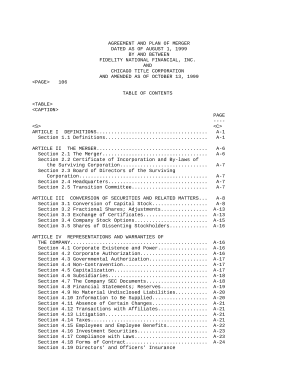
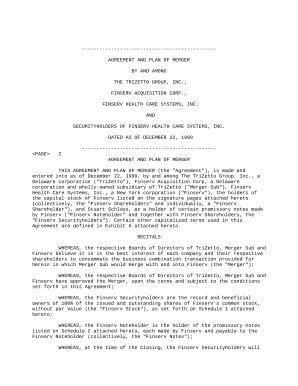
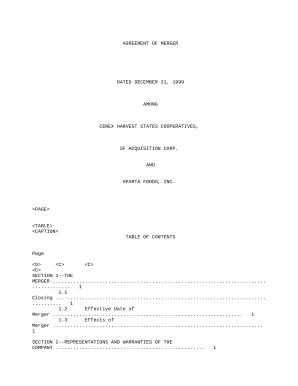
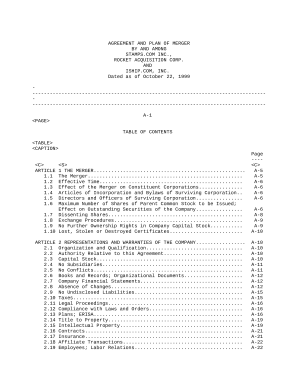
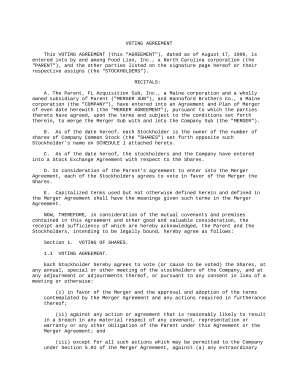



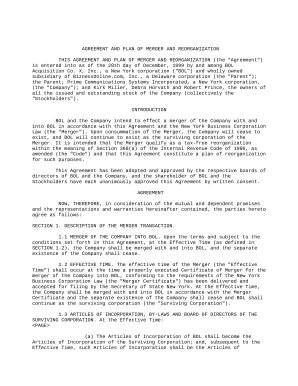
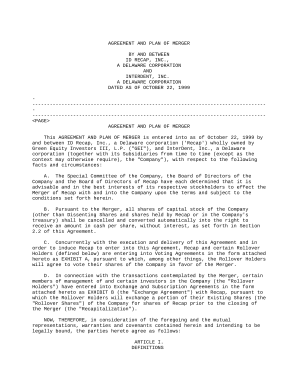
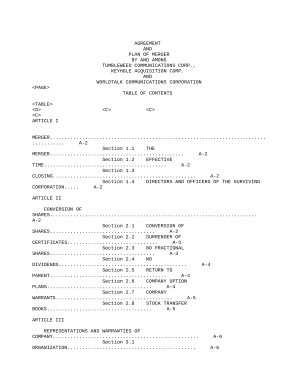
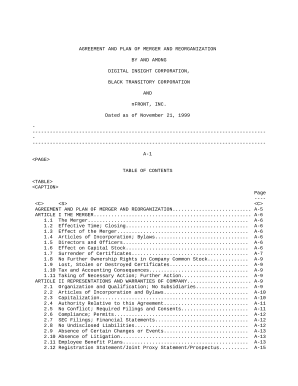
Document management can stress you when you can’t locate all the forms you need. Fortunately, with DocHub's extensive form collection, you can discover all you need and easily manage it without changing between software. Get our Public Corporation Mergers and begin utilizing them.
How to use our Public Corporation Mergers using these simple steps:
Try out DocHub and browse our Public Corporation Mergers category without trouble. Get your free profile right now!